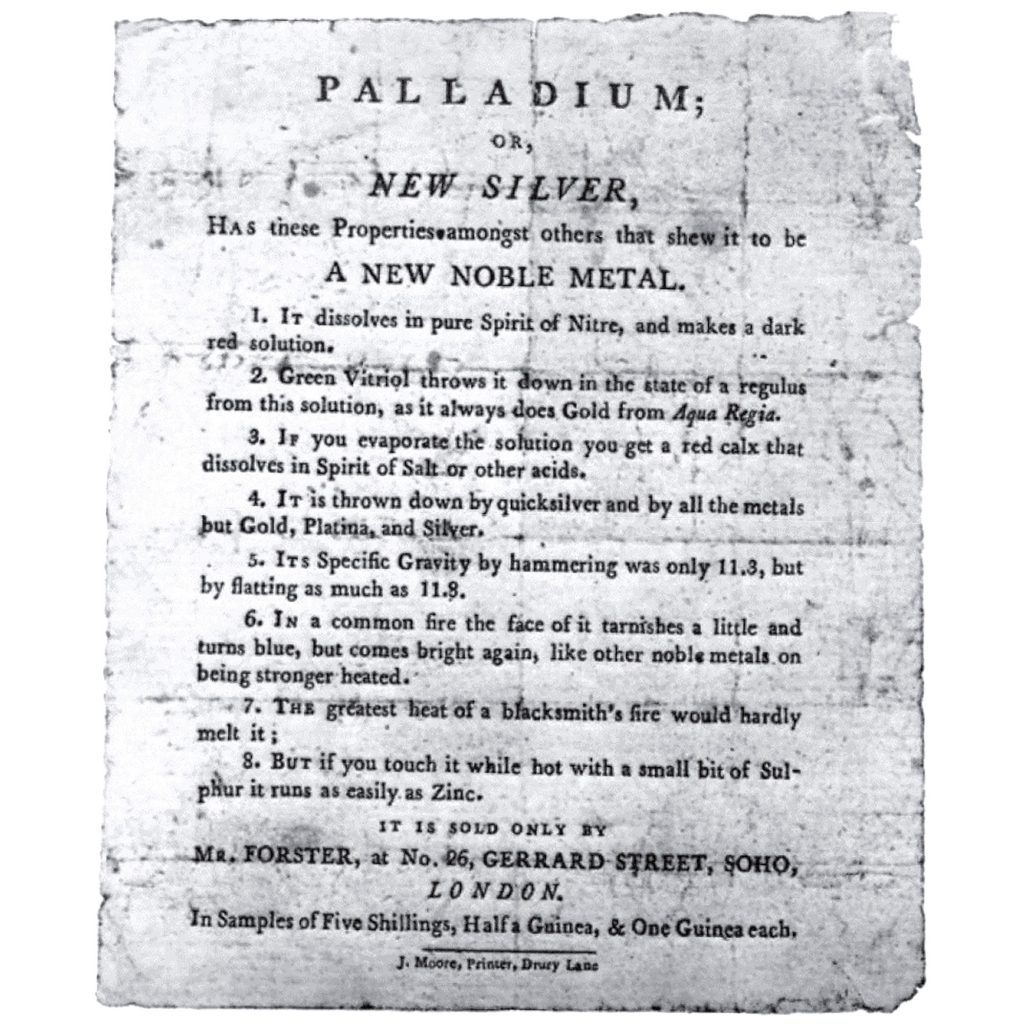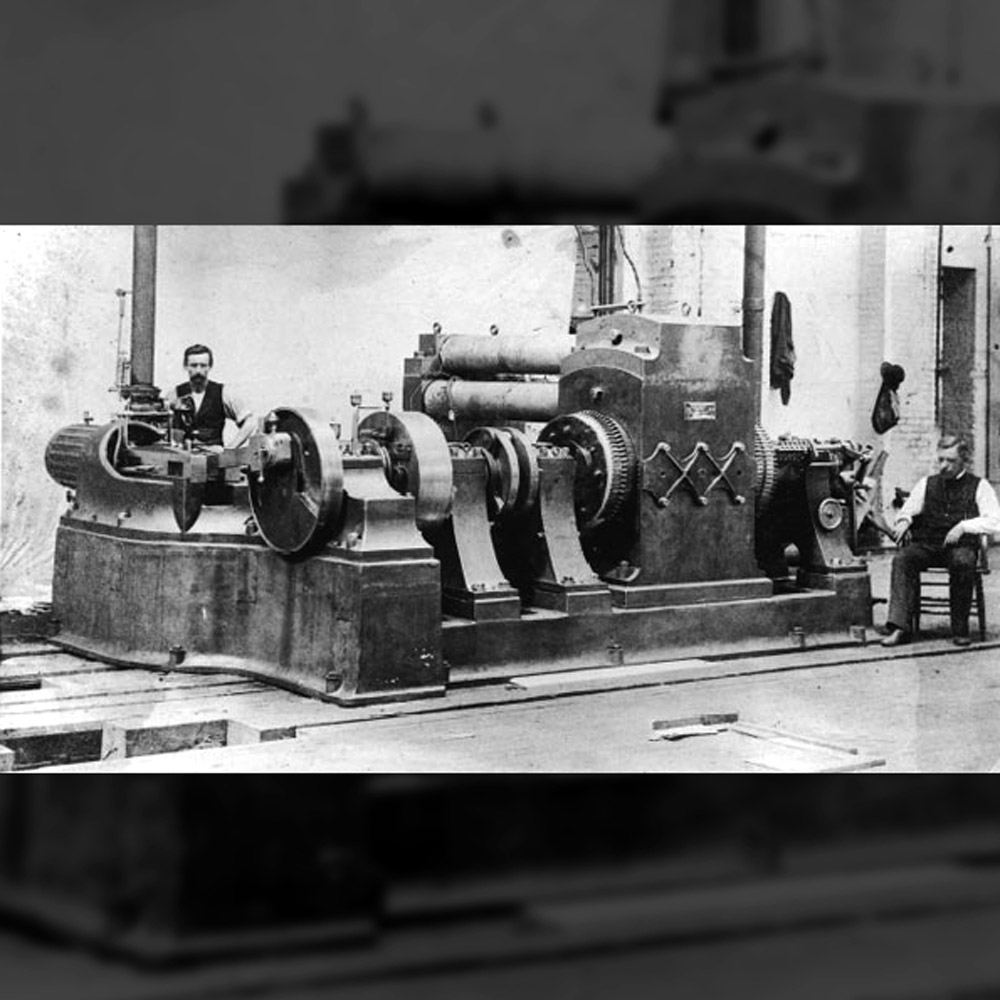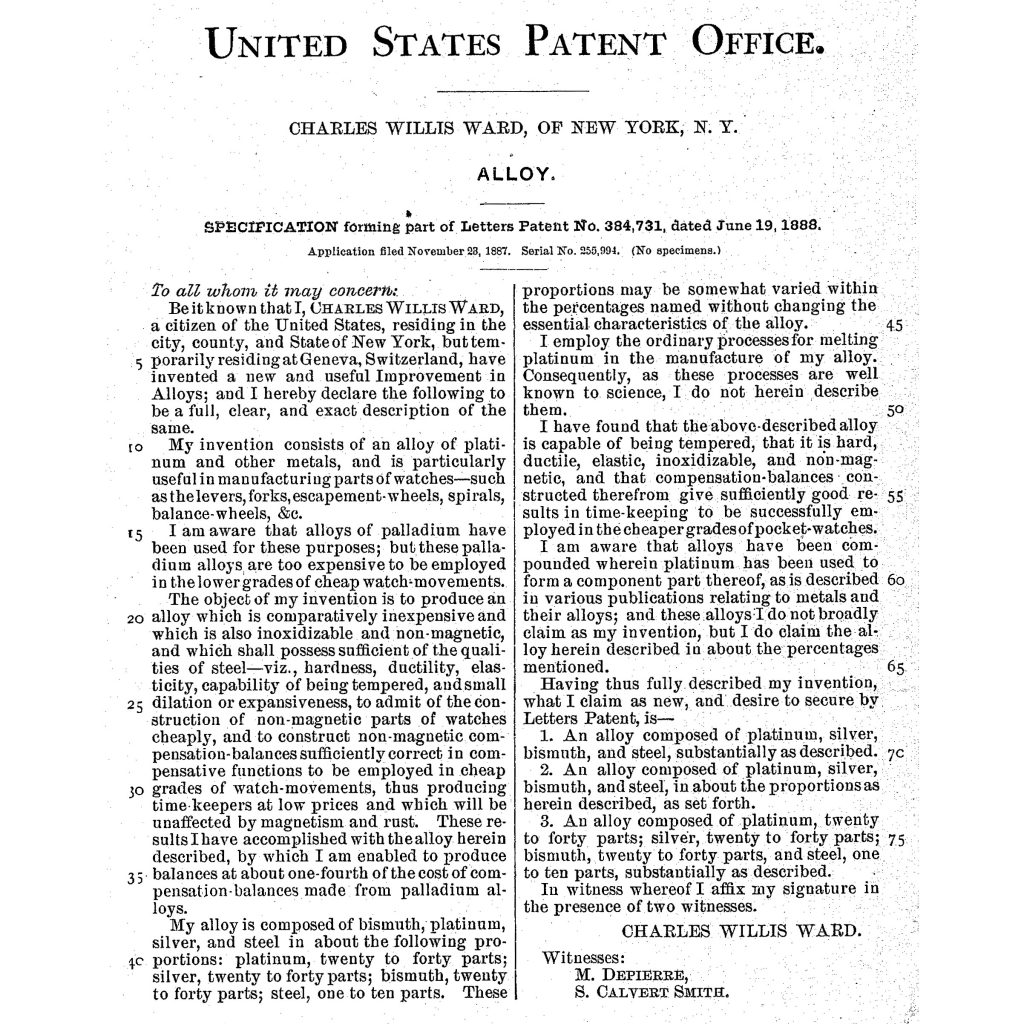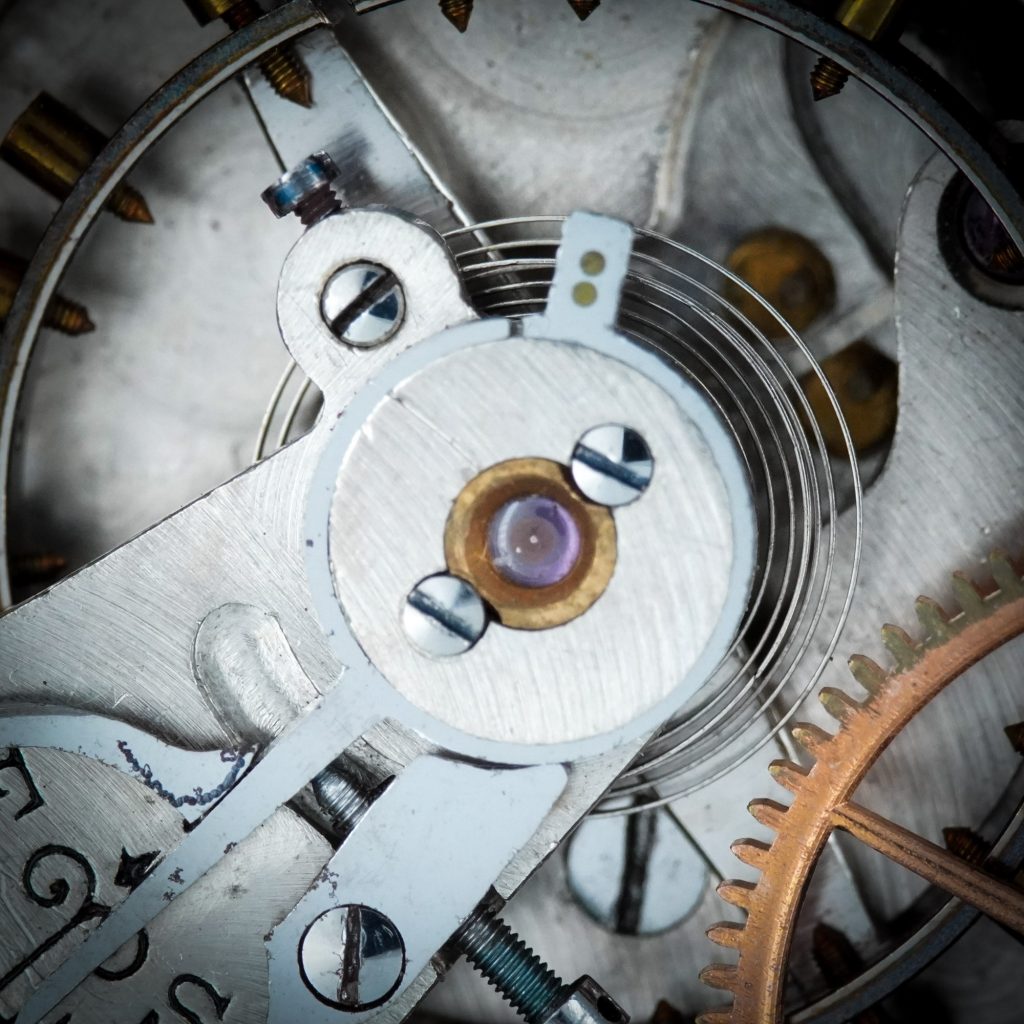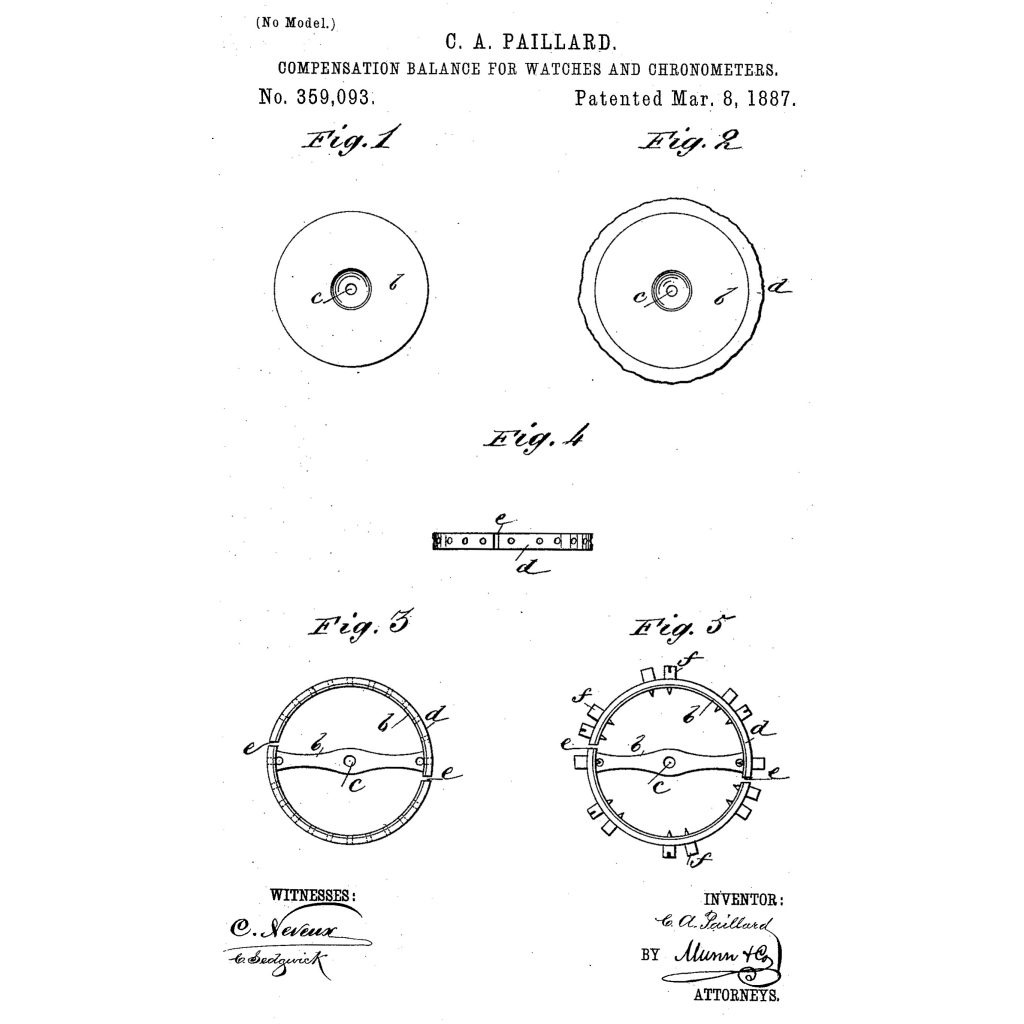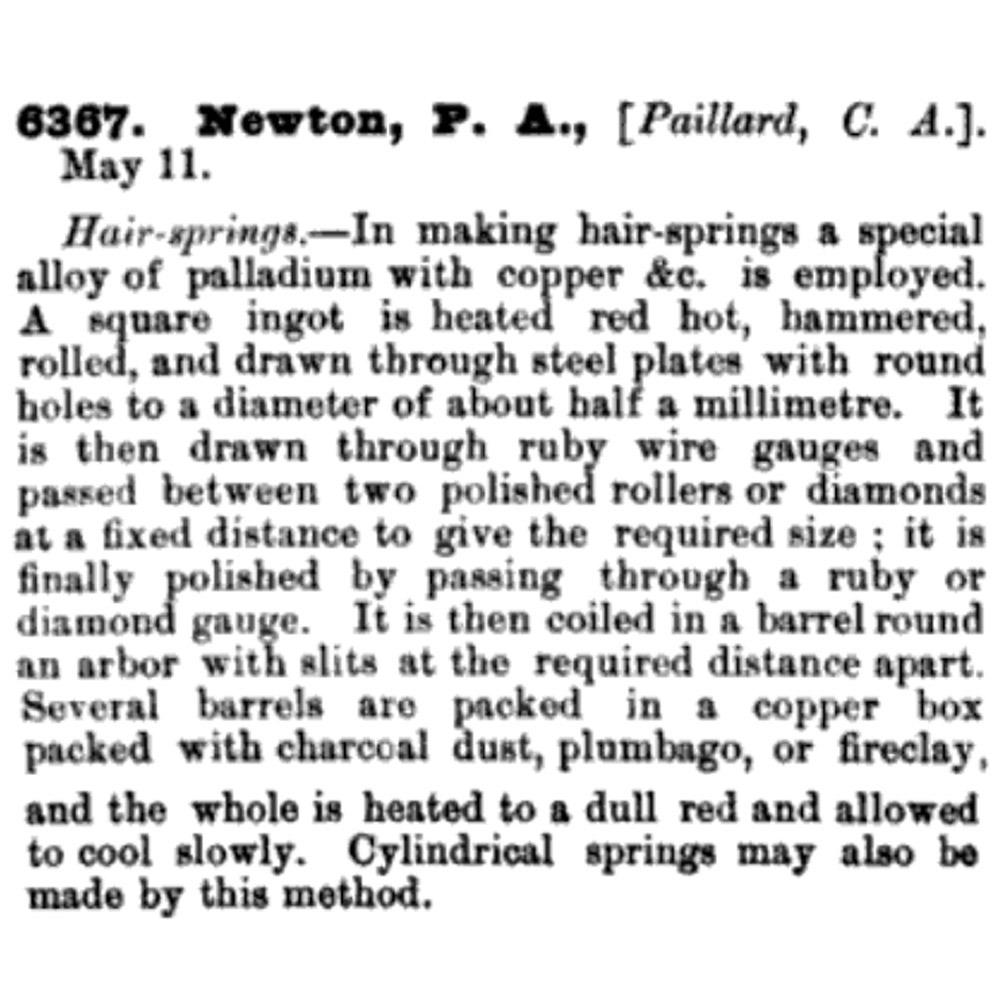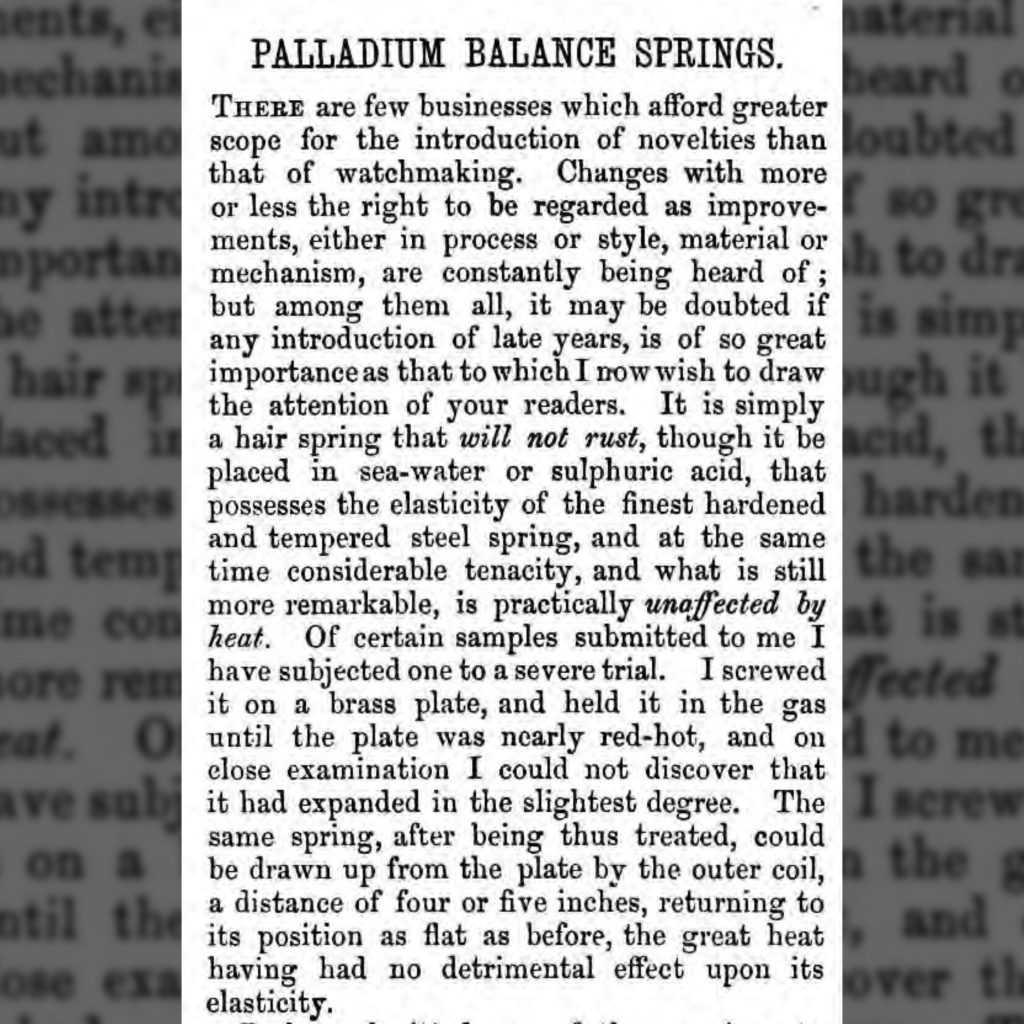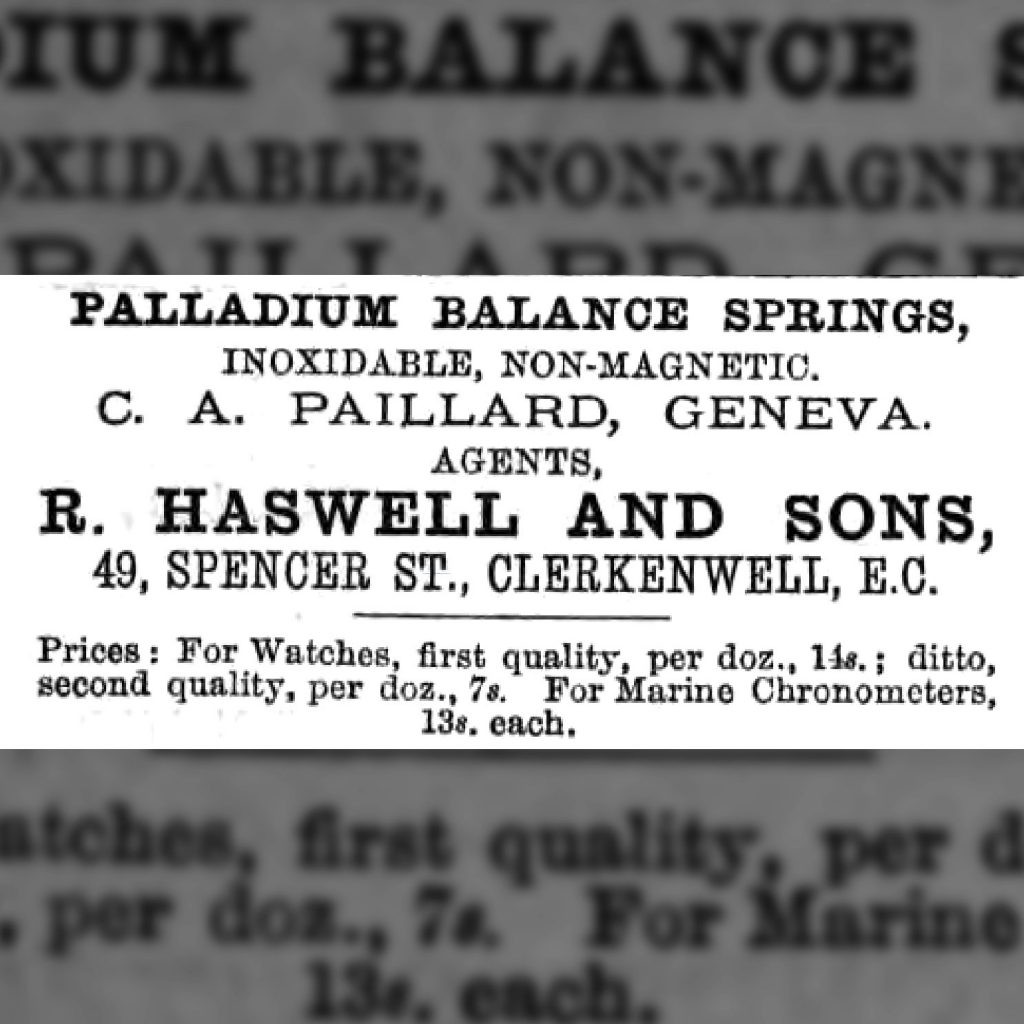
Palladium

Pictured: Thomas Edison’s Jumbo Dynamo (Electric Generator) Charles-Auguste Paillard originally developed palladium alloys for use in fine marine chronometers due to the non-corrosive properties of the alloy. In the 1880s,.
Pictured: U.S. Patent #384,731 Charles-Auguste Paillard received six patents in the United States for his innovative palladium alloys used in watchmaking. Paillard’s alloys were immune to corrosion, did not dilate.
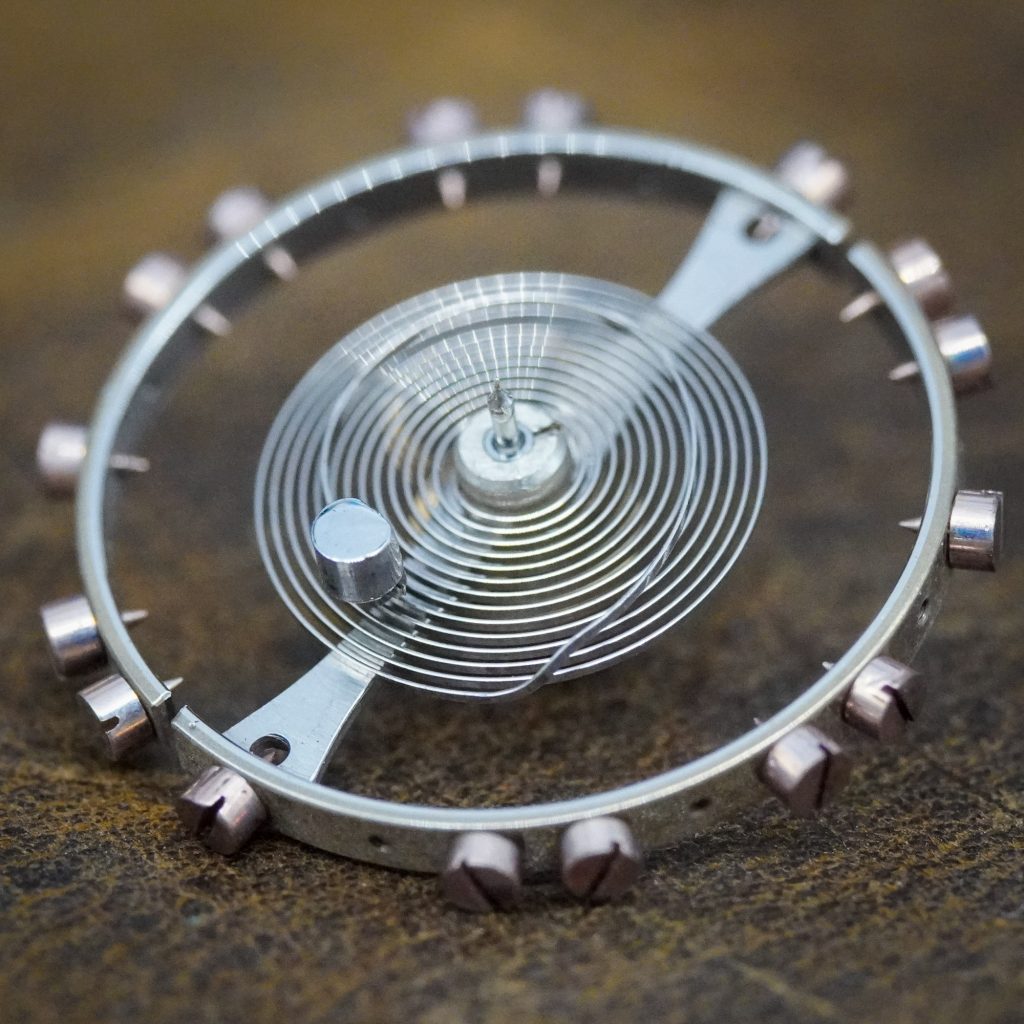
Pictured: Paillard’s Palladium Balance and Hairspring Charles-Auguste Paillard was granted a patent in the United States for his palladium alloy compensation balance on March 8, 1887. The remaining patents issued.
Pictured: C.A. Paillard’s Palladium Compensation Balance U.S. Patent #359093. In addition to seeking patents in Europe, Charles-Auguste Paillard submitted patent applications in the United States to protect the use of.
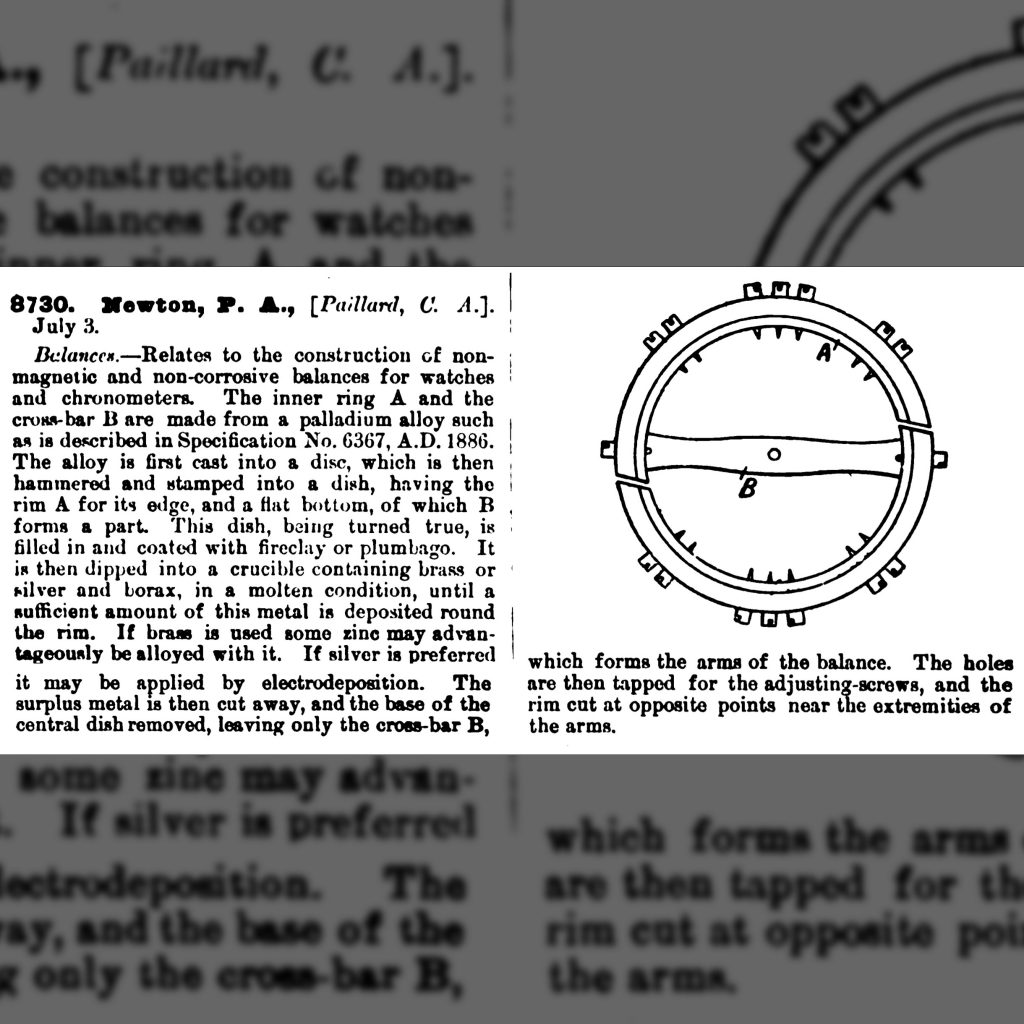
Pictured: C.A. Paillard’s Palladium Hairspring English Patent #6367. In the late 1870s, after a decade of experimentation, Charles-Auguste Paillard successfully developed a palladium alloy that was immune to corrosion, featured.
Pictured: “Palladium Balance Springs” (Excerpt), The Horological Journal, July 1879. When Charles-Auguste Paillard moved to Geneva in 1862, he dedicated his research to developing a corrosion-immune alloy for hairsprings used.
